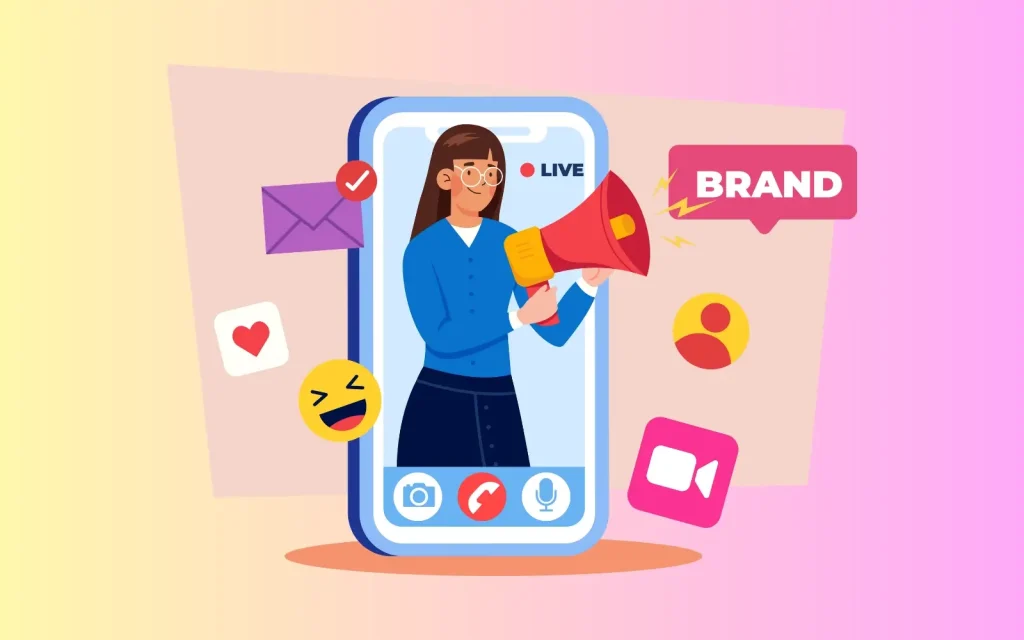Introduction
In the ever-evolving landscape of digital marketing, one strategy has emerged as a game-changer for brands seeking authentic engagement and targeted reach: micro-influencer marketing. Unlike celebrity influencers with millions of followers, micro-influencers typically have between 1,000 to 100,000 followers—but what they lack in scale, they make up for in trust, relevance, and conversion power.
This blog explores why micro-influencers are becoming the cornerstone of niche marketing strategies, how brands can leverage their influence, and what makes them so effective in driving meaningful results.
What Are Micro-Influencers?
Micro-influencers are individuals who have cultivated a dedicated and engaged following within a specific niche. These niches can range from vegan cooking and sustainable fashion to tech gadgets and fitness routines. Their followers often see them as peers rather than celebrities, which fosters a sense of trust and relatability.
Key Characteristics:
- Follower count: 1,000–100,000
- High engagement rates
- Niche-specific content
- Authentic voice and personal branding

Why Micro-Influencers Matter in Niche Marketing
1. Higher Engagement Rates
Micro-influencers often have engagement rates 60% higher than macro-influencers. Their audiences are more likely to comment, share, and act on recommendations because the relationship feels personal.
2. Authenticity and Trust
Consumers today crave authenticity. Micro-influencers are seen as genuine and trustworthy, making their endorsements more impactful than polished celebrity ads.
3. Cost-Effective Campaigns
Working with micro-influencers is significantly more affordable. Brands can collaborate with multiple influencers for the cost of one macro-influencer, increasing reach and diversity.
4. Targeted Reach
Micro-influencers allow brands to laser-focus their campaigns. Whether it’s eco-conscious millennials or tech-savvy Gen Z gamers, niche influencers help brands connect with the right audience.

Case Studies: Micro-Influencer Success Stories
🌿 Glossier
Glossier built its brand by leveraging everyday beauty enthusiasts. Instead of hiring celebrities, they focused on micro-influencers who shared real reviews and tutorials, creating a community-driven brand.
🏋️♂️ Gymshark
Gymshark partnered with fitness micro-influencers across platforms like Instagram and YouTube. These influencers showcased workouts and gear, helping the brand grow into a global fitness powerhouse.
🍽️ HelloFresh
HelloFresh used food bloggers and home cooks to promote their meal kits. These micro-influencers created recipe content that resonated with their followers, driving subscriptions and brand loyalty.
How to Identify the Right Micro-Influencers
✅ Audience Alignment
Ensure the influencer’s audience matches your target demographic. Tools like BuzzSumo, Upfluence, and Heepsy can help analyze audience data.
✅ Content Quality
Look for influencers who produce high-quality, consistent content that aligns with your brand values.
✅ Engagement Metrics
Focus on likes, comments, shares, and story views—not just follower count.
✅ Platform Relevance
Choose influencers based on where your audience spends time—Instagram, TikTok, YouTube, or even niche forums like Reddit.

Best Practices for Micro-Influencer Campaigns
1. Build Relationships, Not Just Transactions
Treat influencers as partners. Engage with their content, offer creative freedom, and build long-term collaborations.
2. Set Clear Goals
Define what success looks like—brand awareness, website traffic, conversions, or user-generated content.
3. Track and Measure Performance
Use UTM codes, affiliate links, and analytics tools to measure ROI and optimize future campaigns.
4. Leverage User-Generated Content
Encourage influencers to create content that you can repurpose across your own channels.
Challenges and How to Overcome Them
❌ Fake Followers
Use tools like HypeAuditor to verify authenticity and avoid influencers with inflated metrics.
❌ Content Misalignment
Provide clear brand guidelines while allowing creative freedom to maintain authenticity.
❌ Scalability
Managing multiple micro-influencers can be time-consuming. Consider using influencer marketing platforms to streamline communication and reporting.
In a world of mass messaging, micro-influencers speak with a voice that feels personal—and that’s where real influence begins.
The Future of Micro-Influencer Marketing
As consumers become more skeptical of traditional advertising, micro-influencers will play an even bigger role in building brand trust and driving conversions. With the rise of AI tools, brands can now identify and collaborate with influencers more efficiently, making this strategy scalable and sustainable.
Conclusion
Micro-influencers are not just a trend—they’re a powerful tool for brands looking to connect deeply with niche audiences. Their authenticity, engagement, and cost-effectiveness make them ideal partners in a world where trust and relevance are the new currency of marketing.
Whether you’re a startup or an established brand, integrating micro-influencers into your strategy can unlock new levels of growth and customer loyalty.





